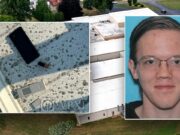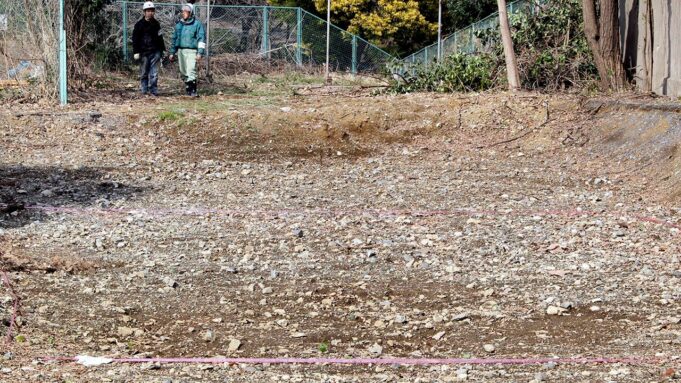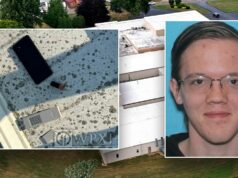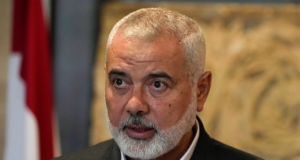The bones that have been preserved for decades in a Tokyo repository may either belong to remnants of anatomy lessons from the early 20th century or to unclaimed victims of a horrific wartime crime.
Activists, historians, and numerous specialists gathered over the weekend to commemorate the 35th anniversary of this discovery, urging the government to investigate links to wartime human germ warfare experiments and demanding an independent examination of the findings.
U.S. PROSECUTORS CHARGE JAPANESE CRIME BOSS IN NUCLEAR MATERIAL TRAFFICKING CONSPIRACY TO IRAN
Japan has historically shied away from acknowledging wartime atrocities, including the exploitation of Asian women termed “comfort women” and the forced labor of Koreans in Japanese factories and mines, often citing a lack of documentary evidence. Although Japan has expressed remorse for its actions in Asia, it has faced ongoing criticism from South Korea and China for appearing to retreat from previous acknowledgments since the 2010s.
On July 22, 1989, approximately a dozen skulls, several showing signs of cutting, along with other skeletal remains were discovered during the construction of a Health Ministry research institute at the site of the wartime Army Medical School. Given the school’s close association with a unit dedicated to germ and biological warfare, suspicions arose that these remains might be linked to a dark chapter of history that the Japanese government has never officially admitted.
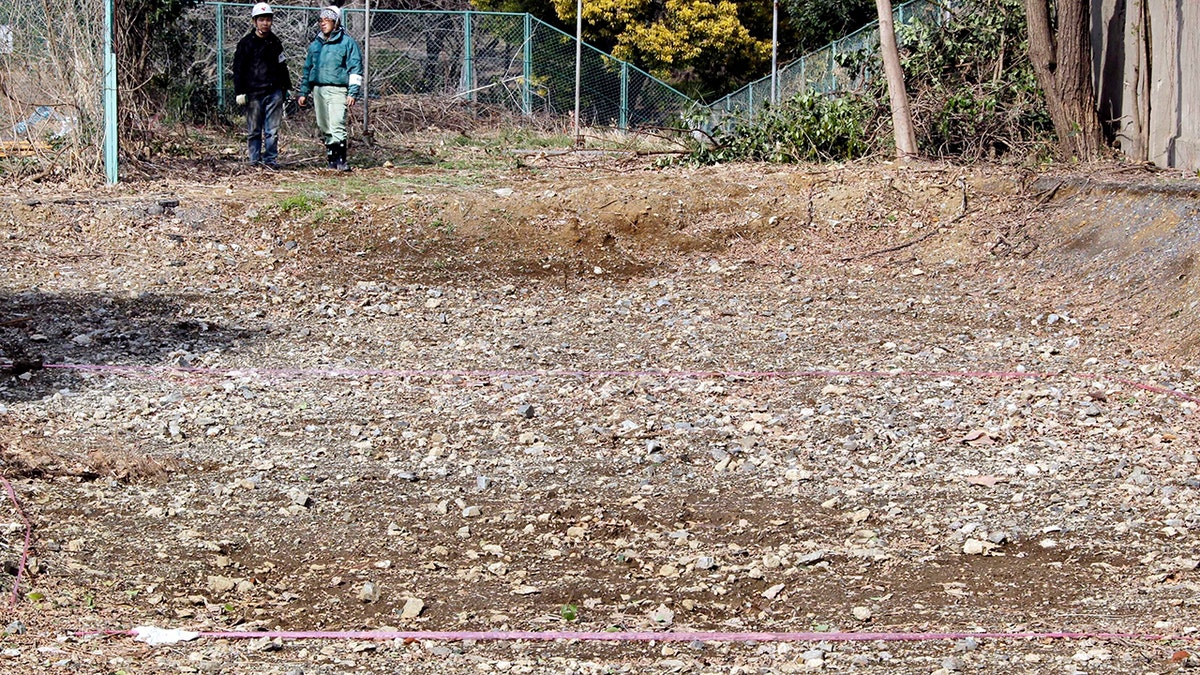
A pink tape marks the ground on Feb. 21, 2011, at the site of the former medical school in Tokyo, as excavations related to the school tied to Unit 731, a wartime germ and biological warfare unit, commenced. (AP Photo/Koji Sasahara)
Unit 731, headquartered in then-Japanese-occupied northeast China, conducted horrific experiments, injecting prisoners of war with fatal diseases like typhus and cholera, as reported by historians and ex-members of the unit. They also performed unnecessary surgeries, amputations, and conducted endurance tests by exposing prisoners to extreme cold. The Japanese government has only acknowledged the existence of Unit 731.
High-ranking officials of Unit 731 evaded prosecution during postwar trials as the U.S. sought to acquire data on chemical warfare, although lower-level officials faced Soviet trials. Post-war, some leaders of the unit transitioned into roles as medical professors and executives in the pharmaceutical industry.
A prior investigation by the Health Ministry concluded that the bones could not be directly linked to Unit 731 and suggested they likely belonged to bodies used for medical training or those brought back from battlefields for study, as per a 2001 report based on interviews with 290 individuals connected to the school.
While it recognized some witnesses made connections to Unit 731, opinions varied. One witness recalled seeing a head in a barrel from Manchuria, while two others related stories of specimens from the unit stored in the school’s facilities but could not confirm their existence. Others claimed the specimens could be from earlier eras, thus denying the link.
A 1992 anthropological study indicated that the remains derived from at least 62 and possibly over 100 different individuals, primarily adults from regions of Asia excluding Japan. It determined that any marks or alterations on the skulls were post-mortem, yet did not find direct evidence connecting the remains to Unit 731.
Activists argue the government should take further steps to uncover the truth, such as releasing full transcripts of their interviews and performing DNA analysis.
Kazuyuki Kawamura, former member of the Shinjuku district assembly who has dedicated much of his career to resolving the mystery surrounding the bones, recently acquired 400 pages of research documents from the 2001 report through freedom of information requests. He claims it illustrates how the government “deliberately omitted” critical information from witness testimonies.
While the newly released material does not provide definitive proof, it contains graphic accounts — one man recounted seeing a head in a barrel and helping to transport it, then running away to vomit afterwards — along with comments from multiple witnesses suggesting that more forensic work might uncover ties to Unit 731.
“Our aim is to identify the bones and return them to their families,” stated Kawamura, noting that these bones offer nearly the only evidence of past events, asserting, “We simply seek the truth.”
Atsushi Akiyama, an official from the Health Ministry, mentioned that witness accounts had already been assessed and incorporated into the 2001 report, emphasizing that the government maintains its stance. A major gap in evidence is the absence of documents, like specimen container labels or official records, he added.
Documentation pertaining to Japan’s wartime atrocities was meticulously destroyed in the waning days of the war, so identifying new evidence may prove challenging.
Akiyama also noted that the limited information on the bones could hinder DNA testing.
Hideo Shimizu, who became a lab technician at Unit 731 when he was only 14 in April 1945, attended the meeting online from his home in Nagano. He vividly recalls seeing heads and bodily parts preserved in formalin jars within a specimens room in the unit’s main building. The most impactful memory was of a dissected abdomen containing a fetus he was told were “maruta” — a term used for prisoners designated for experimentation.
Days before Japan’s surrender on August 15, 1945, Shimizu was tasked with collecting the bones of prisoners cremated in a pit and instructed to carry a pistol and cyanide with him to take his own life if captured on his way back to Japan.
He was ordered to remain silent about his experiences at Unit 731, avoid contacting his colleagues, and never pursue a position within the government or medical field.
CLICK HERE TO GET THE FOX NEWS APP
While Shimizu can’t ascertain whether any of the specimens he encountered at Unit 731 are among the Shinjuku bones based on photographs alone, he expresses a desire for what he witnessed in Harbin to never occur again. This traumatic past devalues the joy he sees in his great-grandchildren, recalling the lost lives represented by the fetus he once observed.
“I want younger generations to grasp the horror of war,” he emphasized.



